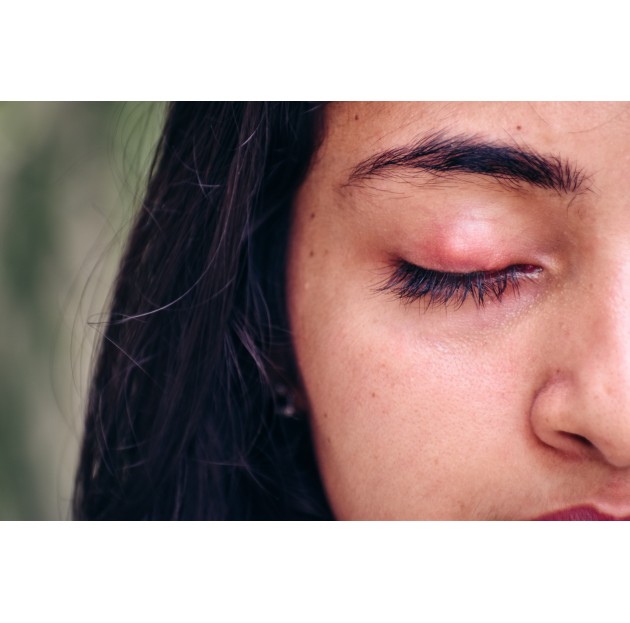10% OFF ON YOUR LENSES : LENSES10
Money-back Guarantee •
International Shipping •
Adaptable to your prescription

Understanding Presbyopia: Symptoms, Diagnosis, and Treatments
Presbyopia is a vision defect that typically occurs with age and affects the eye's ability to focus on close objects. This condition, often associated with ocular aging, can lead to a reduction in ocular accommodation and difficulties in near vision. Presbyopia can significantly impact the quality of life, especially among older adults or those affected by early-onset presbyopia.
Symptoms of Presbyopia:
Symptoms of presbyopia can include blurry reading vision, difficulty seeing up close, or eye strain after prolonged reading. Some may also experience difficulty focusing when switching from near to far vision. These symptoms can be frustrating and disruptive to daily activities, highlighting the importance of finding effective solutions to manage presbyopia.
Diagnosis of Presbyopia:
To diagnose presbyopia, an eye exam is necessary. During this exam, the ophthalmologist may conduct several tests to assess the eye's ability to focus on objects at different distances. These tests can include visual acuity measurements, refraction exams, and other specialized assessments to determine the extent of presbyopia and develop an appropriate treatment plan.
Tips for Living with Presbyopia:
For those living with presbyopia, there are simple tips to make daily life easier. Maintaining good optical correction is essential, whether with glasses, contact lenses, or surgery. Additionally, taking regular breaks during reading or any close-up work can help alleviate eye strain. Using adequate lighting and optimally positioning objects can also improve visibility and reduce eye tension.
Treatments for Presbyopia:
Several treatment options are available to correct presbyopia. Bifocal lenses are commonly prescribed to help correct both near and far vision. Contact lenses for presbyopia are also a popular option for those who prefer not to wear glasses. Additionally, presbyopia surgery can be considered in some cases for those seeking permanent correction. It is essential to discuss with an eye care professional to determine the most appropriate treatment based on individual needs and lifestyle.
Preventing the Progression of Presbyopia:
While it is not possible to completely prevent presbyopia, certain measures can help slow its progression. Maintaining good eye hygiene by avoiding irritants like cigarette smoke and following an antioxidant-rich diet can help sustain healthy vision for longer. Additionally, regular eye exercises can help strengthen the eye muscles and improve accommodation capacity.
Presbyopia in Older Adults:
Presbyopia is common among older adults but can also affect younger individuals, especially in cases of early-onset presbyopia. Therefore, it is important for all age groups to remain vigilant about vision changes and consult an eye care professional as needed. Older adults can benefit from regular vision check-ups to detect any changes and adjust their optical correction accordingly.
In conclusion, presbyopia is a common vision disorder that can be effectively managed with the right optical corrections and eye care. By understanding the symptoms, diagnosis, and available treatment options, it is possible to maintain clear and comfortable vision at any age. With a combination of treatment, prevention, and adaptation, it is entirely feasible to continue leading an active and fulfilling life despite presbyopia.
Related posts










Leave a comment